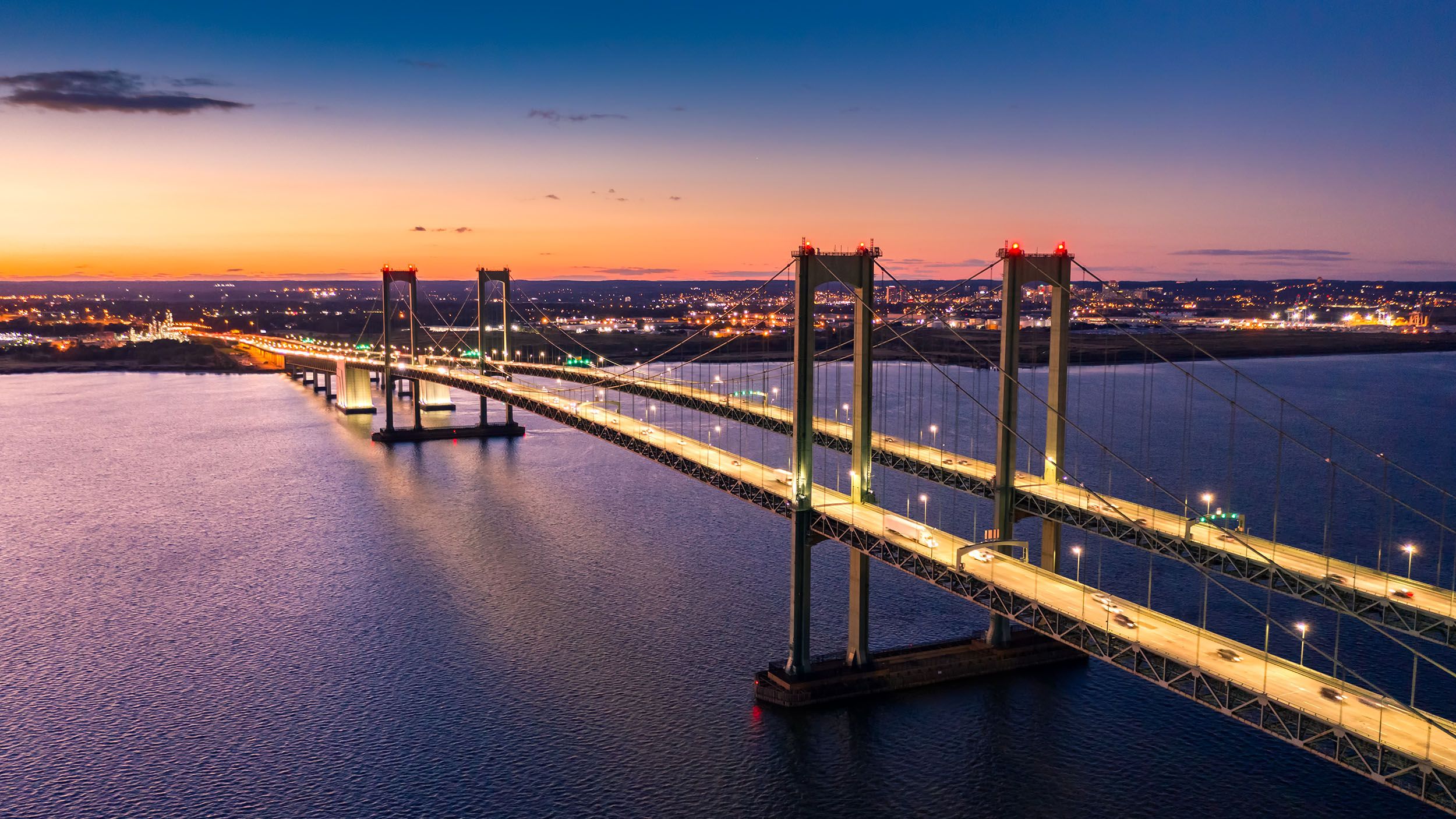Sustainable Infrastructure
Delaware’s Strategies for Sustainable Infrastructure
The growing risk of rising sea levels and more unpredictable weather underscore the critical need for sustainable multi-modal transportation and resilient infrastructure in coastal communities across the United States. Leveraging over $1 billion in federal funds accompanied by state legislation, Delaware is making significant advancements in fostering innovative initiatives to reduce emissions and promote environmentally-friendly infrastructure solutions.
The 2023 Climate Action Implementation Report
As directed by the Delaware Climate Change Solutions Act of 2023, the Delaware Department of Natural Resources and Environmental Control (DNREC) assembled the first Climate Action Plan Implementation Report in 2023. This report details a commitment to reducing greenhouse gas emissions and maximizing resilience to the impacts of climate change. Significant programs include $44 million dedicated to new bike and pedestrian infrastructure to encourage green transportation and $27 million towards reducing on-road transportation emissions. These investments showcase Delaware’s proactive approach to supporting sustainable transportation infrastructure and will help the state reach its goal of reducing net greenhouse gas emissions by 50% by 2030.
Electric Vehicles and Alternative Energy
Delaware is also taking strides to encourage green transportation options. The Clean Transportation Incentive Program, complemented by federal tax incentives, offers a cash rebate to Delaware families for the purchase or lease of new electric vehicles (EVs) and for the installation of Level 2 EV charging stations. With 8,000 EVs registered and 281 public charging ports as of October 2023, EV adoption in Delaware continues to grow. Additionally, the Delaware Department of Transportation (DelDOT) has plans to further this progress with an almost $18 million investment in a network of fast charging stations along major highways like I-95 and Route 1. The state is also on track to convert 20% of its vehicle fleet to electric by 2025, setting a positive example for residents to follow.
Additionally, though still in the preliminary stage, the federally-recognized Mid-Atlantic Hydrogen Hub (MACH2) partnership between Delaware, southeastern Pennsylvania, and southern New Jersey aims to generate clean hydrogen to supply various industries. A key transportation-related component of the proposal is the use of hydrogen-powered vehicles by DART, Delaware’s multi-modal transit system, as well as potential hydrogen refueling stations for long-haul trucks that operate on the Delmarva Peninsula.
Another key alternative energy proposal is a biogas project spearheaded by Bioenergy Devco in Sussex County which received necessary land permits in late 2023 to transform organic waste from the poultry industry into renewable natural gas, or biogas. This biogas will supply Sussex County customers through local utility provider Chesapeake Utilities, supporting the reuse of materials previously discarded.
Resilient Infrastructure
To prepare for the impacts of climate change and invest in resilient infrastructure, DelDOT developed a Resilience Improvement Plan that focuses on segments of the transportation network most susceptible to flooding. This plan provides a roadmap for thoughtful investment in an equitable transportation system, considering both the design and maintenance of roadways to mitigate the impact of adverse climate events as well as evaluating the impact of sea level rise and natural hazards. DelDOT is currently completing an improvement plan along State Route 1 south of Dewey Beach to the Maryland border and will develop a similar roadmap on State Route 9 between New Castle and Kent County.
Delaware is also making critical investments in electric infrastructure. The Grid Resiliency Grants program allocates funding to utility companies for improvements to the electric grid as the transition to electric home heating and EVs increases the strain on the current network. This strategic investment provides $3 million to ensure grid stability and reduce the likelihood of service disruptions. Additional goals of the program include investing in efficient and clean energy infrastructure, supporting work-based learning opportunities, and engaging communities historically underserved by existing energy infrastructure.
Looking Toward the Future
Through strategic investments in electric vehicles, green transportation systems, and resilient infrastructure, Delaware is moving toward its goals to reduce greenhouse gas emissions and build a more sustainable future. While change does not happen overnight, Delaware has an actionable plan to mitigate climate risks while supporting economic development.
Newsletter Sign Up
Stay Up To Date With Delaware


